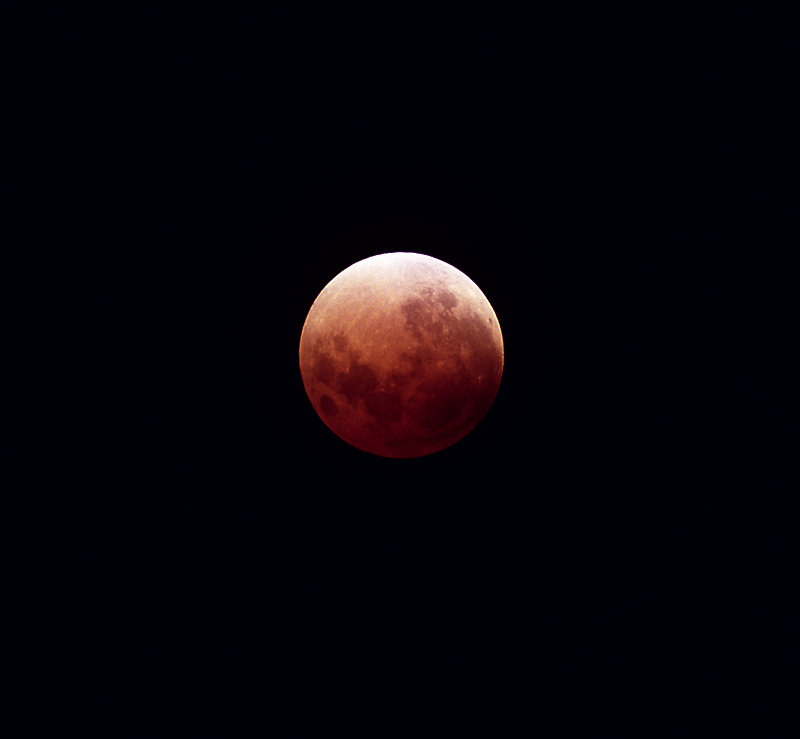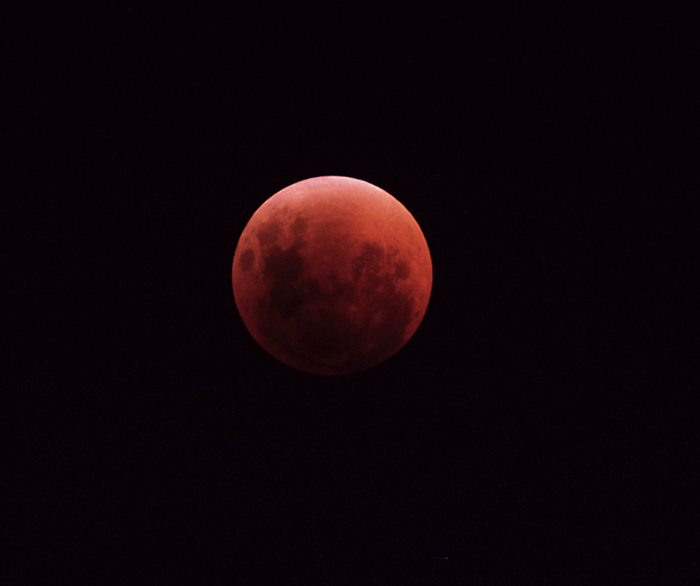
3 seconds exposure, Fuji Super HG V 400 film.
5" f/5 refractor at prime focus.
The eclipse of September 16, 1997 was very well placed to observe from Western Australia, with the middle of the eclipse occuring at about 10pm local time.
The duration of totality was quite long, about 80 minutes. On this occassion the Moon passed through the southern half of the Earth's shadow, with the north pole of the Moon passing very close to the centre of the shadow.
I made no attempt to photograph the partial stages of the eclipse as I was too busy doing crater timings. In all I managed to make # timings during ingress and # during egress.

Shortly after totality had started. Notice the difference in brightness between the southern regions (top) and the northern. This is because the northern regions are closer to the centre of the Earth's shadow.
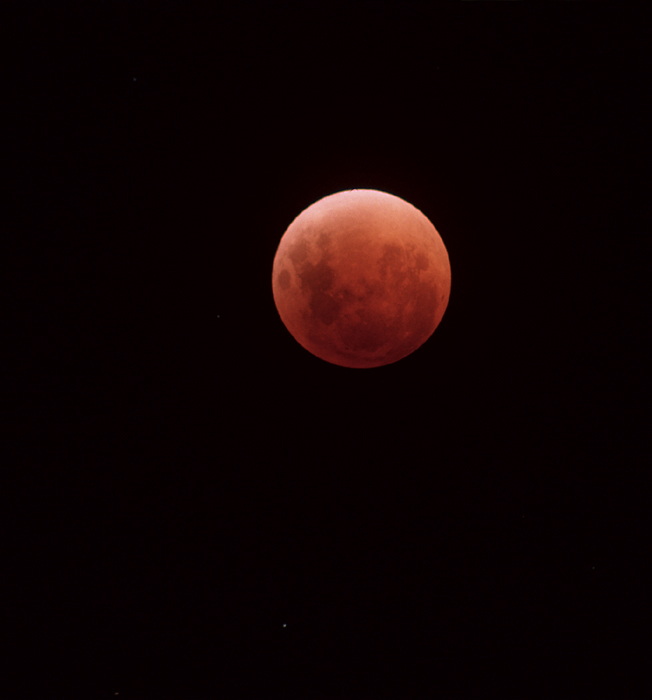
The bright star near the bottom of the photograph is the 5.2 magnitude 44 Piscum.
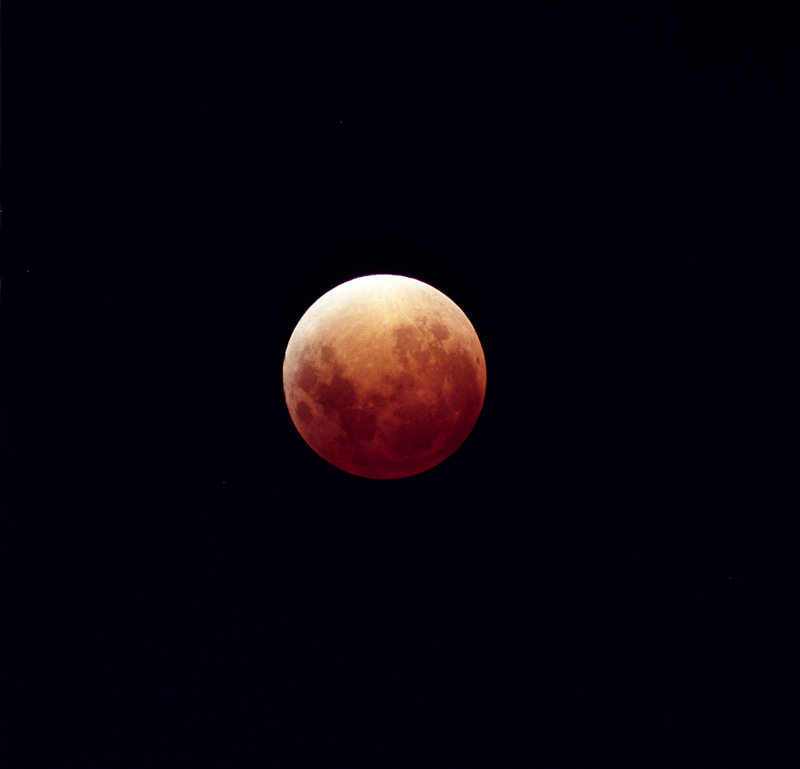
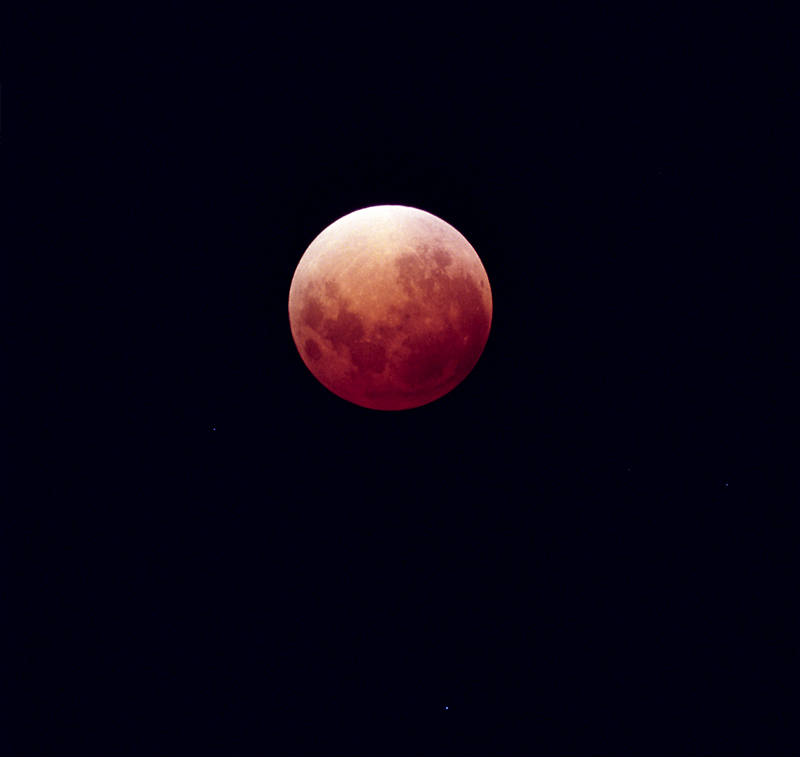
Notice how the Moon has moved in relation to the surrounding stars, compared to the earlier images.
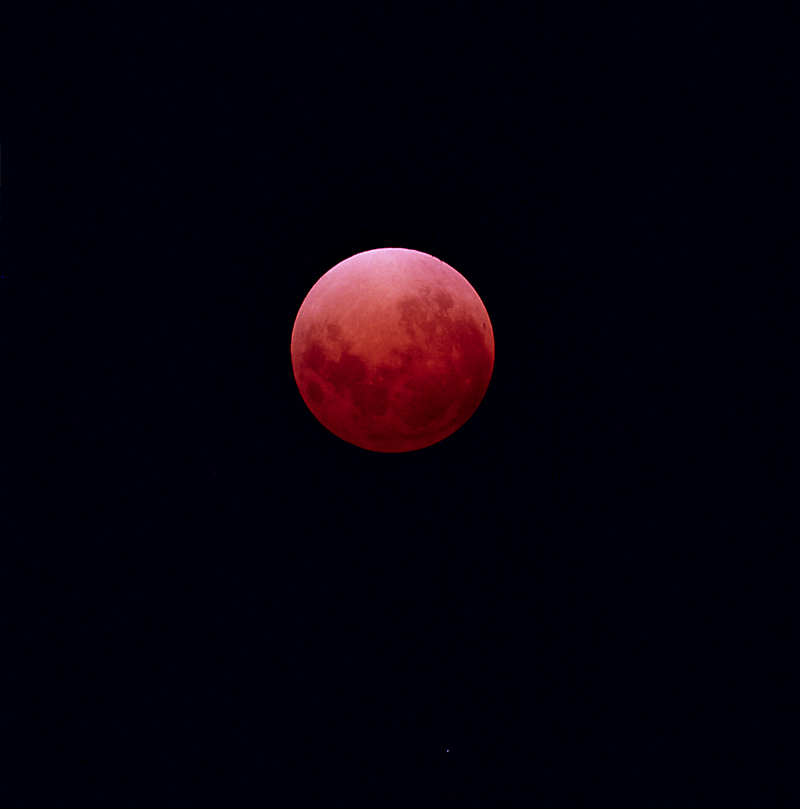
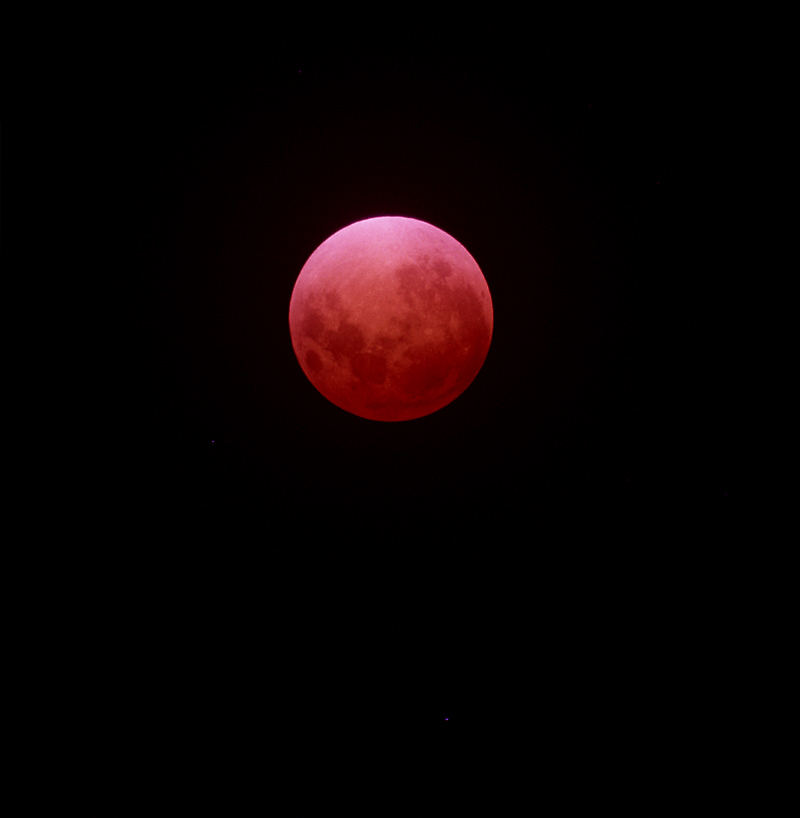
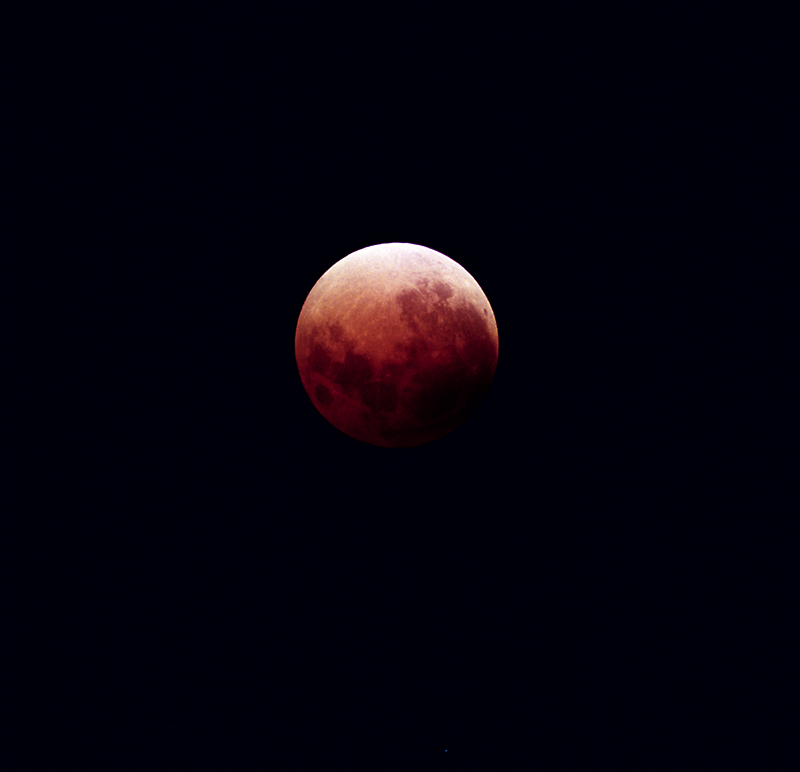
Nearing the end of totality. The south-east (top right) portion of the Moon is starting to get quite bright as it nears the edge of the shadow.
